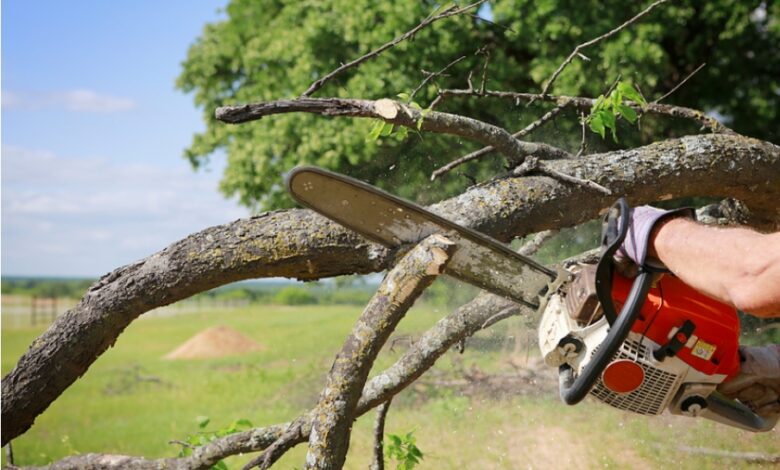Preparing for Tree Emergencies: Essential Tips for Homeowners

Homeowners across the U.S. often face tree-related emergencies, especially during severe weather conditions like storms or strong winds. Treeier.com can help minimize property damage and ensure safety. Here are practical ways to prepare for tree emergencies by focusing on maintenance, spotting early warning signs, and creating an emergency plan.
1. Regular Tree Maintenance
Consistent tree care is vital for preventing emergencies. Routine inspections and maintenance can identify potential hazards before they escalate. Some key actions include:
- Pruning and Trimming: Regularly trimming branches near homes, power lines, or structures reduces the risk of branches falling during storms. Pruning also promotes tree health by removing weak or diseased limbs.
- Tree Health Inspections: Check for signs of disease, decay, or pest infestations. Weak, dead, or sick trees are more prone to falling, making it essential to seek advice from a certified arborist if you spot any issues.
- Root Health: Watch for leaning trees or root exposure, which may signal potential root damage. Addressing these issues early can prevent uprooting during storms.
2. Recognizing Warning Signs
Spotting signs of tree instability or damage early can prevent emergencies. Here are some warning signs to look for:
- Leaning Trees: A sudden lean could indicate root instability or damage. It’s crucial to assess these trees promptly to avoid them toppling over.
- Cracks and Splits: Visible cracks or splits in the trunk or main branches are signs of structural weakness, increasing the likelihood of breakage during storms.
- Dead or Hanging Branches: These pose a danger and can fall without warning, especially during windy conditions. Removing them early reduces risk.
- Signs of Disease or Decay: Fungal growth, unusual discoloration, or cavities in the trunk are indicators of disease or decay. Trees showing these symptoms are more likely to fall, and should be inspected by professionals.
3. Creating a Tree Emergency Plan
A well-prepared plan helps ensure safety and efficiency when tree emergencies occur:
- Contact Information: Maintain a list of reliable emergency tree removal services and certified arborists. You can find qualified professionals at Treeier.com who specialize in handling urgent tree care needs.
- Emergency Kit: Include essential tools like a chainsaw, ropes, and protective gear in your emergency kit. Ensure they’re regularly checked and easily accessible.
- Communication Strategy: Have a communication plan in place with family members and neighbors. Identify safe meeting points and discuss evacuation routes if necessary.
- Insurance Review: Check your homeowner’s insurance policy for coverage related to tree damage or removal, especially if the tree causes damage to your home or structures. Some policies cover the cost of removing fallen trees after damage occurs.
4. Proactive Risk Reduction
By taking preventive measures, homeowners can significantly reduce the likelihood of tree emergencies. Regular tree care, being vigilant about potential hazards, and preparing for worst-case scenarios create a safer environment for residents and minimize the risk of property damage.
For more expert advice and a comprehensive directory of certified tree care professionals, visit Treeier.com. Proper preparation is key to safeguarding your home and loved ones from the potential dangers posed by severe weather conditions and tree-related incidents.
Conclusion
Tree emergencies can be sudden and hazardous, but proper preparation can mitigate their impact. Regular tree maintenance, recognizing warning signs, and having an emergency plan in place are crucial steps in preventing potential disasters. By being proactive, homeowners can ensure their property remains safe during severe weather and reduce the risk of tree-related accidents.
Taking these measures will not only protect your home and family but also preserve the beauty and health of your trees. For more guidance on tree care and to connect with certified professionals, visit Treeier.com




